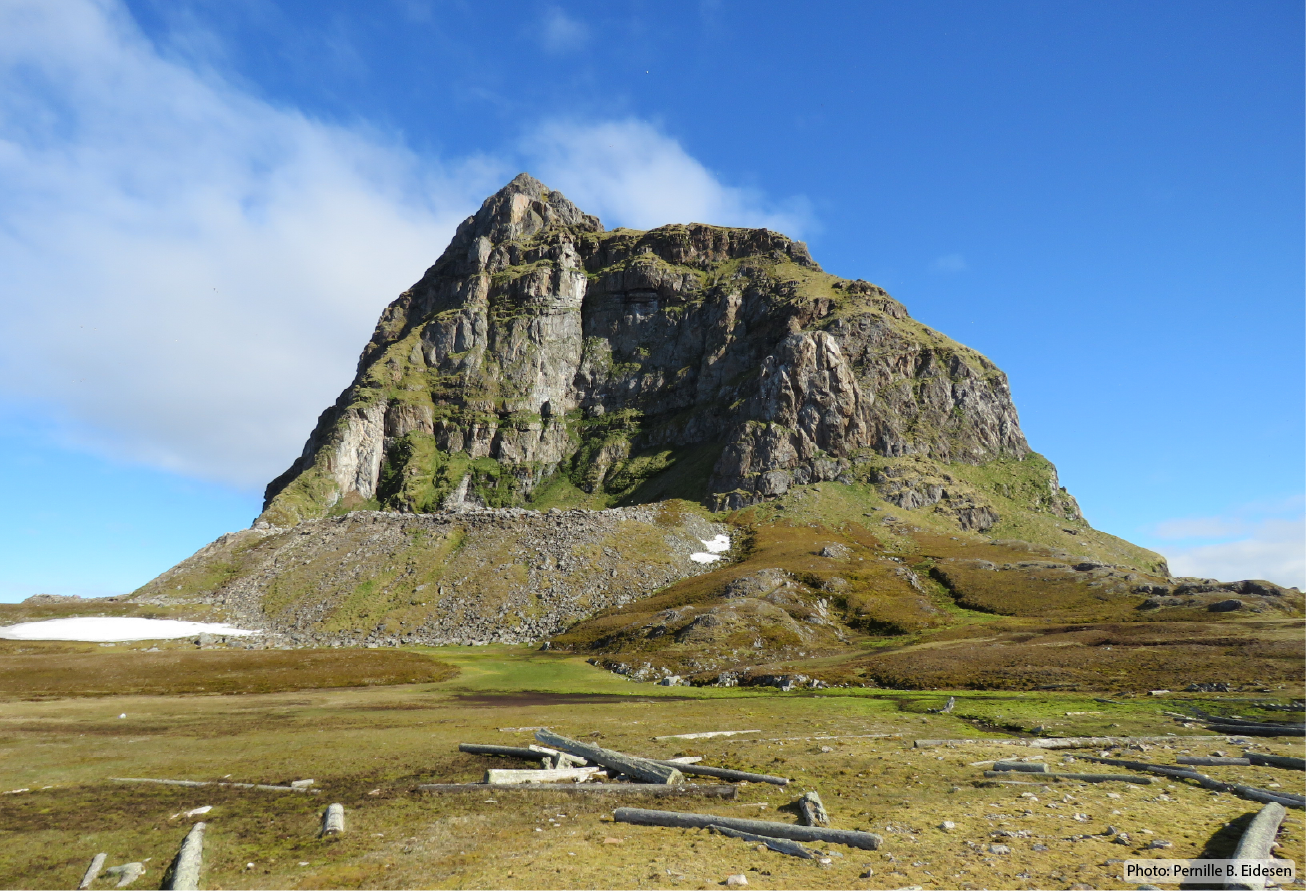On the relationship between students’ overall satisfaction with higher education STEM courses, and university teachers’ didactical practice. An empirical analysis
DOI:
https://doi.org/10.5324/njsteme.v8i2.5874Abstract
In this article, we discuss the relationship between students' overall satisfaction with higher education STEM courses (Science, Technology, Engineering, and Mathematics), and the teachers' didactical practice. We analyzed student feedback from 4,683 digital course evaluations which spanned the period from fall 2020 to fall 2021 at the Faculty of Science and Technology (TN-faculty), University of Stavanger (UiS). Additionally, we collected 1854 open-ended written responses in spring and fall 2022, and conducted two focus group interviews in spring 2023 with eight students from the same population. We raise the research questions: What is the connection between students´ overall satisfaction with STEM courses, found in an institutional student evaluation procedure at UiS, and the university teachers’ didactical practice? And what can we learn from students´ evaluations and feedback that is relevant to how we perceive and strive for teaching and educational quality enhancement in higher education? Our analysis shows that there are strong correlations between students´ overall satisfaction, the evaluation questions, and how they understand what being prepared for teaching means.Downloads
Downloads
Published
How to Cite
Issue
Section
License
Copyright (c) 2024 E. Abrahamsen, D. Husebø, J.T. Kvaløy, A. Alhourani

This work is licensed under a Creative Commons Attribution 4.0 International License.
The Nordic Journal of STEM Education licenses all content of the journal under a Creative Commons Attribution (CC-BY) licence. This means, among other things, that anyone is free to copy and distribute the content, as long as they give proper credit to the author(s) and the journal. For further information, see Creative Commons website for human readable or lawyer readable versions.
Authors who publish with this journal agree to the following terms:
1. Authors retain copyright and grant the journal right of first publication with the work simultaneously licensed under a Creative Commons Attribution License that allows others to share the work with an acknowledgement of the work's authorship and initial publication in this journal.
2. Authors are able to enter into separate, additional contractual arrangements for the non-exclusive distribution of the journal's published version of the work (e.g., post it to an institutional repository or publish it in a book), with an acknowledgement of its initial publication in this journal.
3. Authors are permitted and encouraged to post their work online (e.g., in institutional repositories or on their website) prior to and during the submission process, as it can lead to productive exchanges, as well as earlier and greater citation of published work (See The Effect of Open Access

